News 3/31/11
Epocrates says its mobile and Web-based EHR is in beta at several solo and small physician groups. Epocrates also announces an agreement with Nuance Communication to leverage the Nuance Healthcare development platform to integrate Nuance’s cloud-based medical speech recognition component into that product.
Mission Surgical Clinic (CA), Coast Spine and Sports Medicine (CA), and the Rosen Anesthesia Group (CA) all select the ChartLogic EHR suite.
Physicians at Central Oregon Ear, Nose and Throat (OR) say that Proxense’s proximity-based security with automatic logon/logoff saves them time and increases security. The system uses a combination of biometrics and RFID to authenticate EMR users. A fingerprint scan is required twice a day. Otherwise, RFID tags verify providers’ identities as they enter a room and shut systems down as they leave.
Mobile charge capture provider Ingenious Med Inc. receives $3.25 million in funding from Council Ventures to fund continued growth. The company has nearly doubled revenue, clients, and personnel each of the past two years.
AMA introduces its first-ever app to help physicians find appropriate E&M codes. AMA also announces the 2011 AMA App Challenge to find the next great medical app, open to physicians, residents, and medical students and offering $2500 in cash and prizes for two winners.
HIMSS and MGMA create a privacy and security toolkit for small provider organizations. It contains a roadmap for practices needing basic information on how to navigate privacy and security laws and to understand the security components of the EHR incentive program.
The Maine REC names athenahealth and e-MDs its supported EHR software vendors and Concordant as its supported implementation service provider.
A big welcome and thank you to Micky Tripathi, who made his HIStalk Practice debut Wednesday. Micky is president and CEO of the Massachusetts eHealth Collaborative and has agreed to regularly educate readers on technology decision-making in medical practices. You can find his debut Pretzel Logic column here.
Happy National Doctors’ Day. I am usually leery of some of these so-called observance days (how many of them does Hallmark invent?) However, Doctors’ Day has apparently been around since March 30th, 1933 when a physician’s wife decided to honor physicians by mailing greeting cards and placing flowers on the graves of deceased doctors. In 1990, President George Bush actually signed a law designating March 30th as National Doctors’ Day. So now you know.
The 50-physician Desert Radiologists extends its billing, PM, and RIS software contract with Zotec Partners.
At least one Washington insider doubts Congress will pass legislation to extend EHR stimulus benefits to mental health providers. Brian Darling, director of government studies at Heritage Foundation, thinks the chances of passage are “low,” especially if Congress does not find other programs to cut.
Less than 10% of Americans use online PHRs, but those that do are most likely to be white, older, and/or wealthier. In addition, of those who sign up, over half are categorized as "very low users" (logging in once at most in the prior two years), while a little over one-quarter were deemed "high users" (logging in 10 or more times). Though the authors of this Archives of Internal Medicine-published study explored the “digital divide” among those adopting PHRs, the bigger issue to explore should probably be why 95% of Americans show little interest in maintaining PHRs.


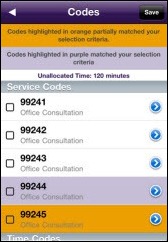
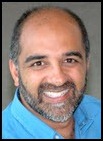


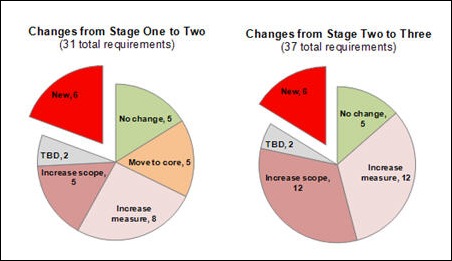
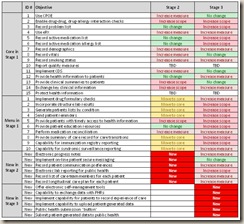

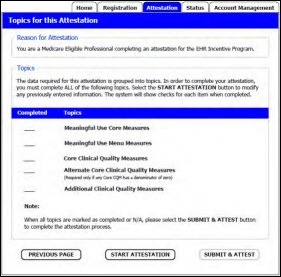

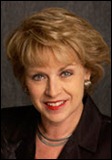

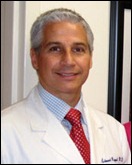
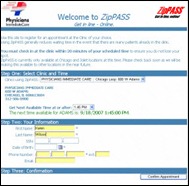
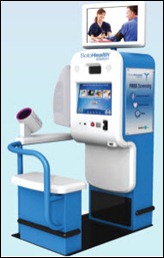



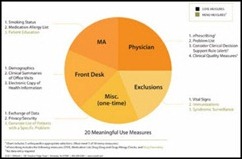
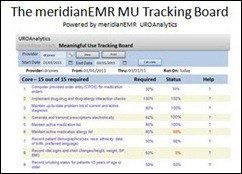
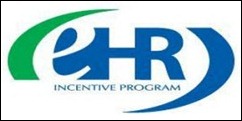

The article about Pediatric Associates in CA has a nugget with a potentially outsized impact: the implication that VFC vaccines…